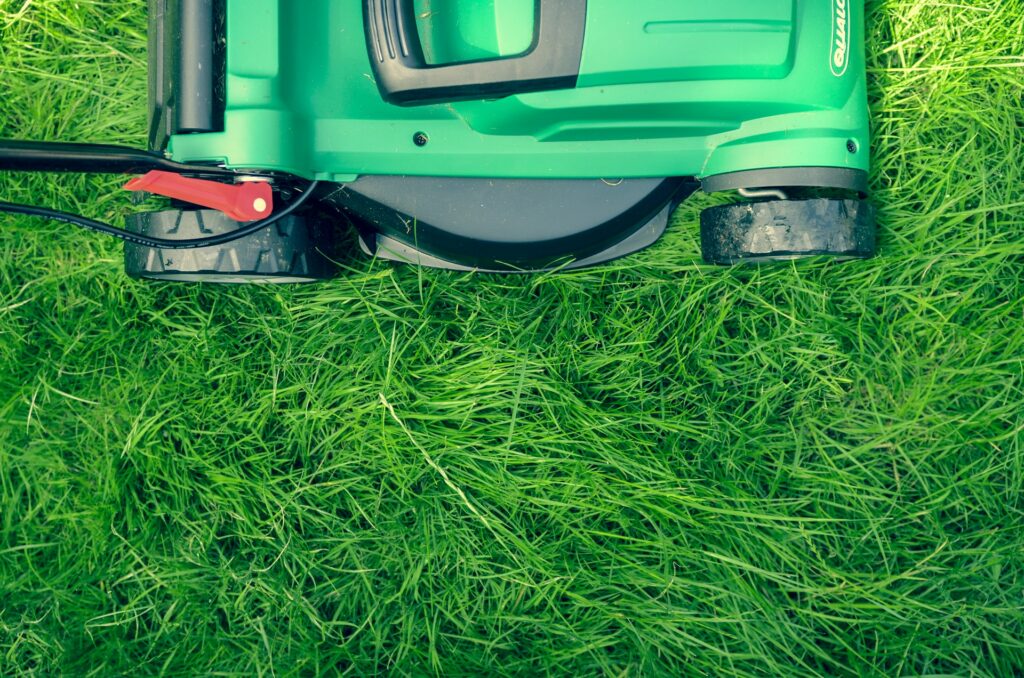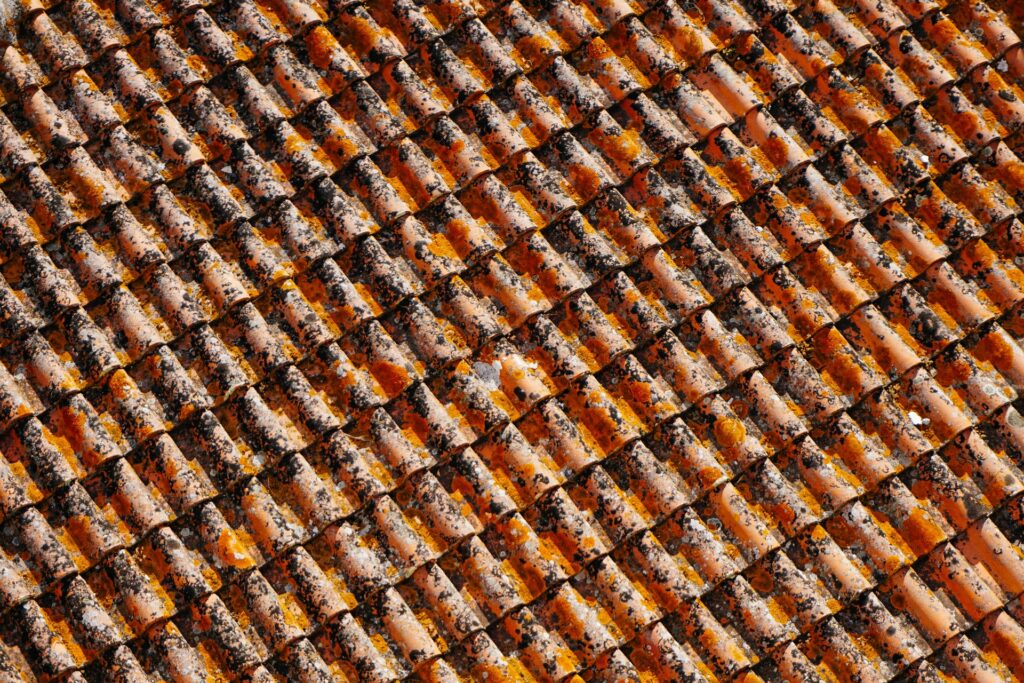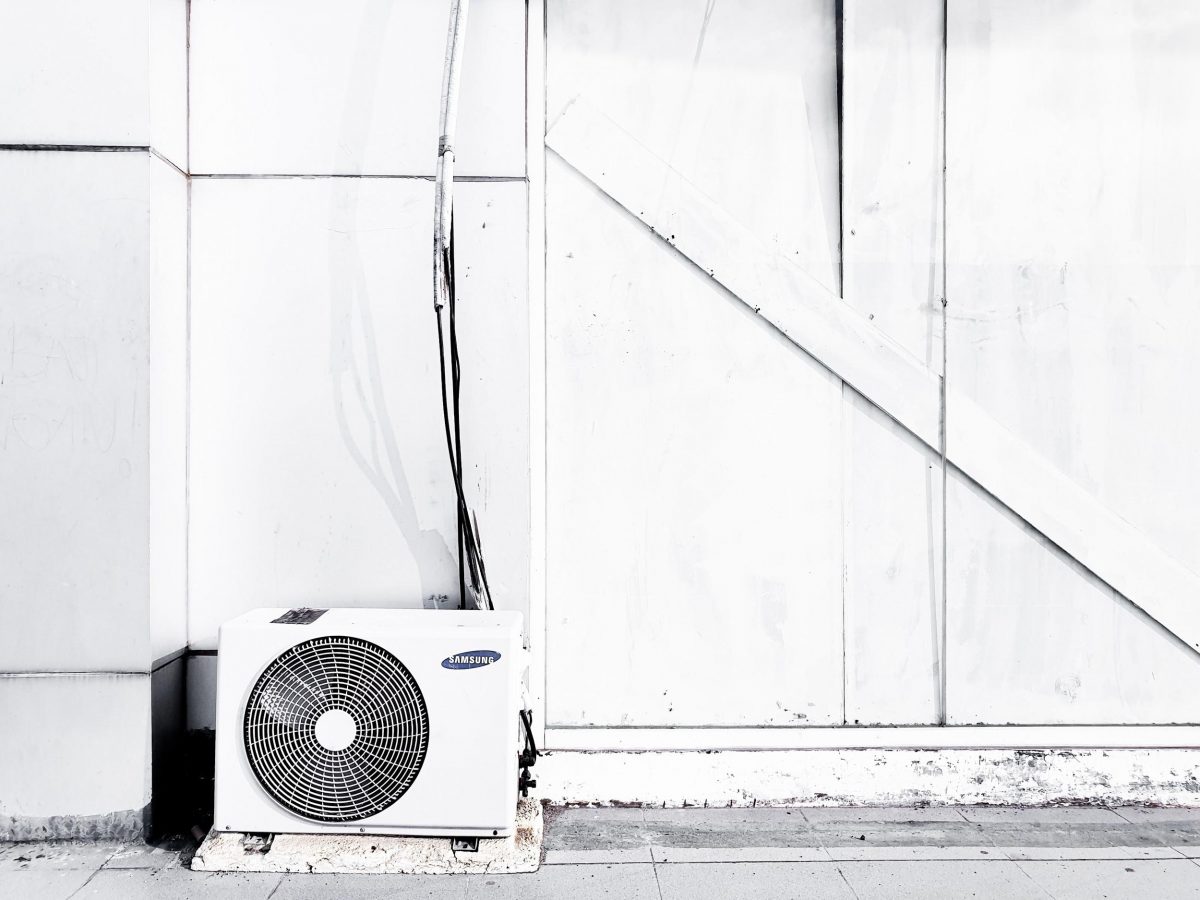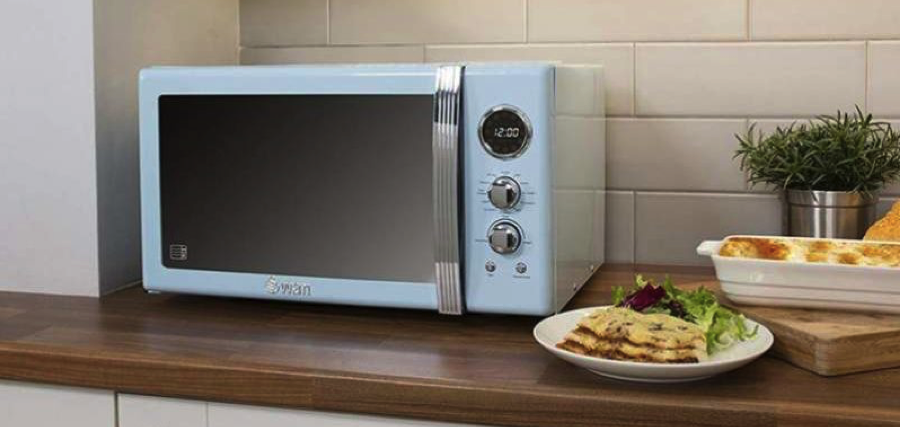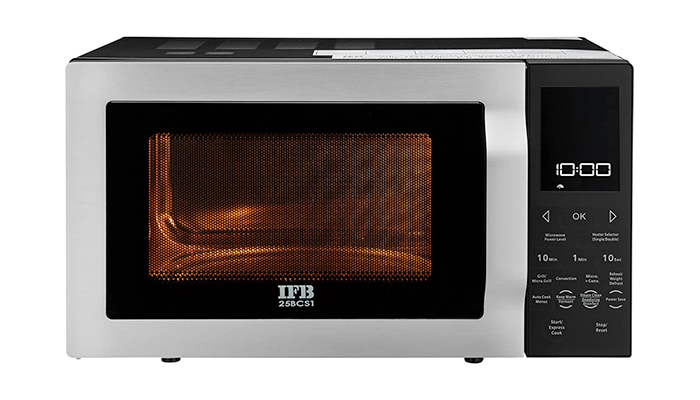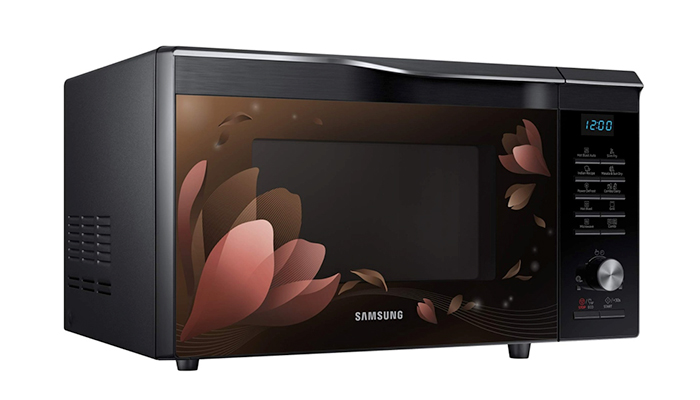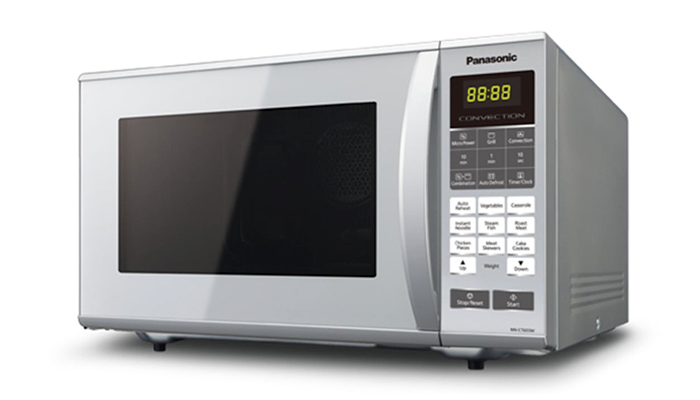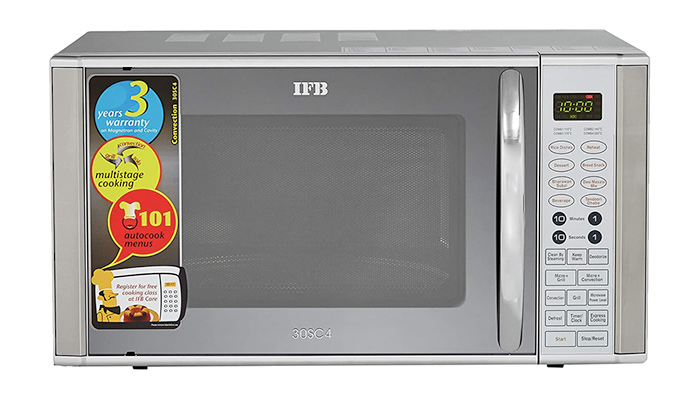Moving is hard. It is not fun. And it is always expensive. Despite these facts, people move, on average, a double-digit number of times throughout their life. Some occasions are understandable such as moving from home into a university campus dorm. If things don’t work out as expected, they will move back home. There is the first home of a couple. Later in life, one might sell the first home and move into something smaller after the kids leave for good. That is already a lot of moves. But it doesn’t even account for a third of what actually happens in real life.
Demand for apartments is soaring among millennials. That contributes to the amount of moving house we do. There was a time when home-ownership was inextricably linked to the American dream. Now, many Americans are giving that dream a hard pass in favor of lower rent and less commitment to a single location.
The onset of the coronavirus has caused a lot of us to consider relocating. If you are among that group looking for greener pastures, here are a few things to have on the list:
-
A Landlord with Whom You Can Reason
On-site management is almost always a plus. However, that is pretty rare in many parts of the country. You want a sense that there is a human you can work with as opposed to an answering service or email address.
Can you negotiate apartment rent in the place you are considering? If it is a human-centric company, you can. An apartment rental is a real estate deal like any other. The terms are not nearly as fixed as you have been led to believe. Better deals are often available with longer leases. You just have to be dealing with real people and not merely corporate drones.
If you can’t have a reasonable conversation about the apartment with management before you move in, how likely do you think it will be for you to have a conversation about issues after you move in? Be careful when renting an apartment entirely online. If you can’t reach someone in the rental process, forget about good service once you have paid the deposit.
-
Outdoor Spaces
One of the main features of an apartment is what is on the outside. An apartment near a park is more valuable than one without access to safe, outdoor spaces. We all have to find ways to get outdoors more often. Where you live can help. While evaluating the outside, check for sidewalks and nearby shopping in safe and easy walking distance.
-
Check out the Weekend NightLife
Most apartments are nice and quiet during the day. People are at work and the poorly behaved are under the scrutiny of the on-site management. So before signing on the dotted line, drive through the community at night and on the weekends when more people are home. Often, that is when the loud music starts and the bickering neighbors start shouting, and the true character of the community is revealed. If it passes the weekend night test, it might be a keeper.
-
Bugs
When you tour the apartment, there should be no bugs in sight. Open the cabinets. Look for droppings. If the complex has a bug problem, they can’t really hide it very well. Sometimes, it is not really about how well you clean. It is about where you live. They might be in the walls and the pipes. If you see signs of insects when they are doing their best to hide the problem, you don’t want to live there.
-
Security
Where are the packages dropped off? There should be a protected space for all those Amazon deliveries. Is the parking lot well lit? Even if you don’t have kids, would you feel safe having a child playing outside or walking home from school in that neighborhood? If not, then it is not secure enough for you, either.
When it comes to your next address, don’t settle. Only rent an apartment with real people as managers, that have usable outdoor spaces, that are also peaceful at night and on the weekends, that is free of bugs, and is secure enough for children, even if you don’t have any.




